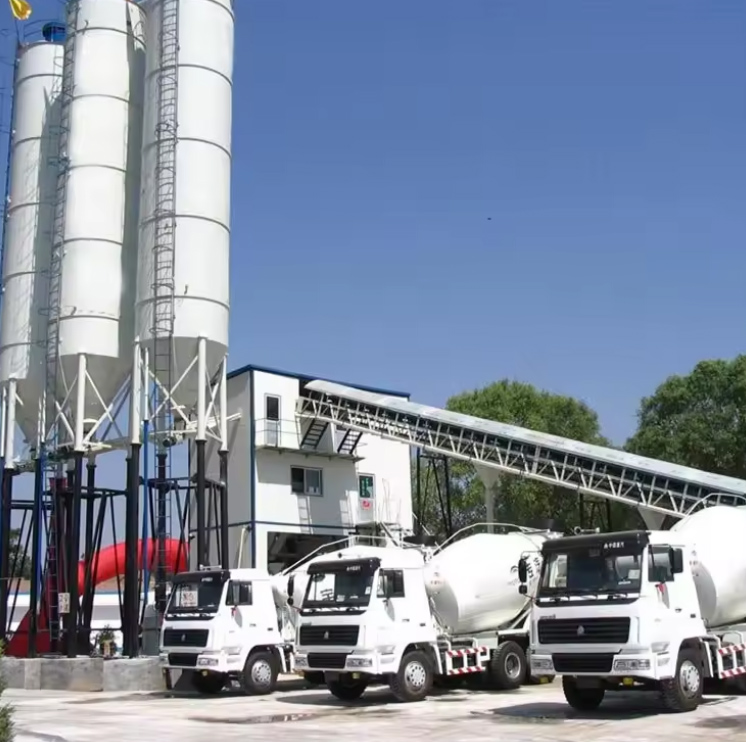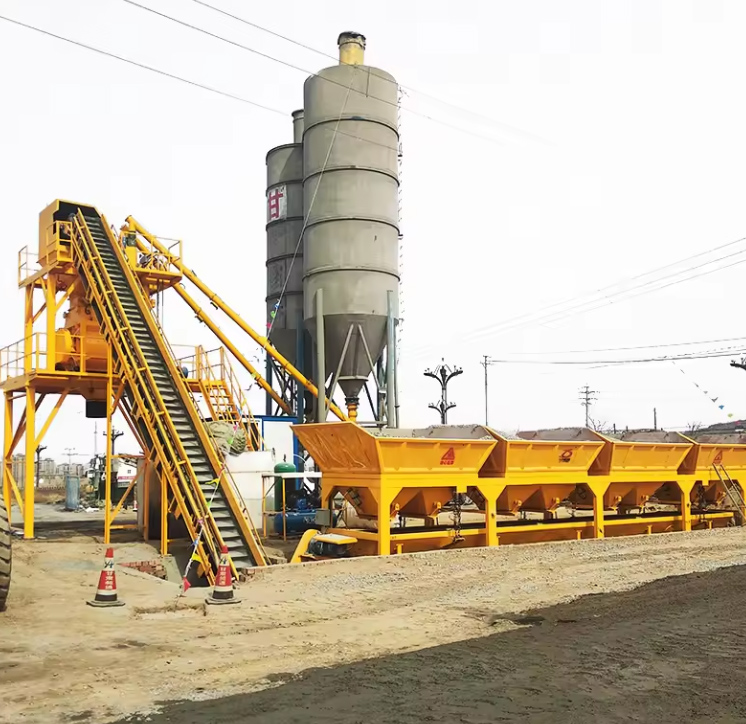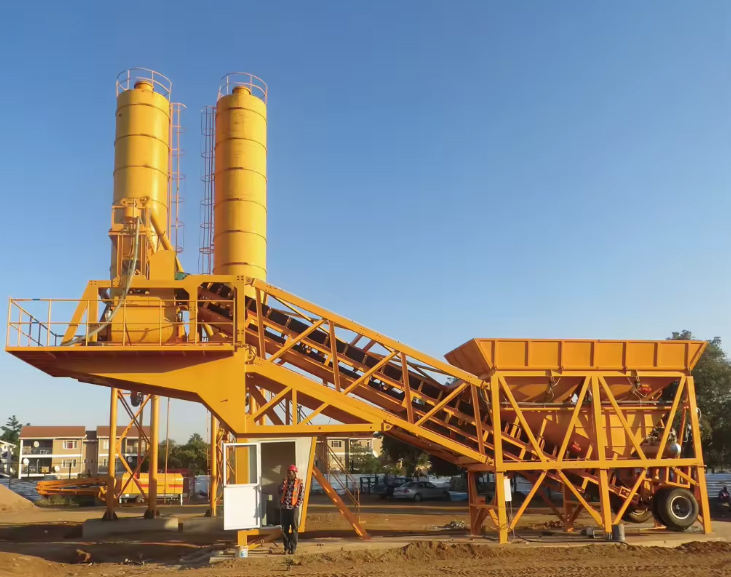Concrete used in wet belt conveyors should be durable, water-resistant, and able to withstand the mechanical stresses associated with conveying operations. By carefully selecting and specifying the right concrete mix for wet belt conveyors and ensuring proper installation and maintenance practices, construction professionals can ensure the longevity, performance, and reliability of the conveyor system in wet and challenging environments. Collaborating with concrete suppliers and materials experts can help in choosing the most suitable concrete mix for the specific needs of the wet belt conveyor application.

Strength and Durability: Use high-strength concrete with a minimum compressive strength of 4,000 to 5,000 psi (28 to 35 MPa) to ensure the structural integrity of the conveyor system. Consider using fiber-reinforced concrete to enhance the durability and crack resistance of the concrete in wet environments.
Water Resistance: Opt for waterproof concrete mixes that contain additives or admixtures to improve water resistance and prevent water penetration into the concrete. Ensure proper curing of the concrete to enhance its water resistance and durability over time.

Abrasion Resistance: Choose concrete mixes with additives or aggregates that enhance abrasion resistance to withstand the wear and tear caused by the movement of materials on the conveyor belt. Consider applying a protective coating or lining to the concrete surface to further enhance abrasion resistance.
Chemical Resistance: Select concrete mixes that are resistant to chemicals commonly found in the materials being conveyed on the belt conveyor. Consider using chemical-resistant coatings or sealants to protect the concrete surface from corrosive substances.

Freeze-Thaw Resistance: If the wet belt conveyor will be exposed to freezing temperatures, use air-entrained concrete to improve freeze-thaw resistance and prevent damage from ice formation. Ensure proper drainage and slope design to prevent water accumulation on the conveyor system, reducing the risk of freeze-thaw damage.

Workability and Pumpability: Choose concrete mixes with suitable workability and pumpability characteristics to facilitate placement and ensure uniform distribution along the conveyor system. Consider using self-consolidating concrete (SCC) for easy placement and improved consolidation in complex conveyor configurations.
Quality Control and Testing: Implement quality control measures to monitor the concrete mix design, batching, placement, and curing processes to ensure the desired performance characteristics.
Address:China,Yanjin county forest park gate to the west 1000 meters north road.